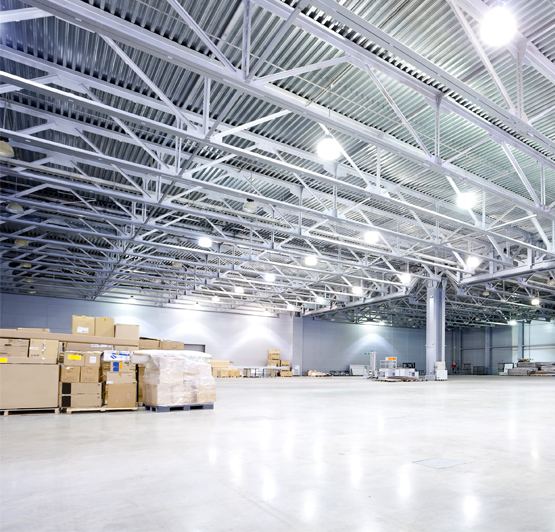LEDs are light-emitting diodes and act as semiconductors that produce visible light when an electrical current is passed through them. LEDs differ from incandescent or compact fluorescent lighting in several major ways. They are often more efficient, durable, versatile, and longer lasting than their more traditional counterparts. In fact, LED lighting uses light emitting diodes which then absorb the heat it produces into a heat sink. There is no such thing as a white LED, but it can be created by combining different color LEDs to produce white light.
LEDs are also directional light sources which means that they can emit light in a specific direction unlike the more traditional counterparts which emit light and heat in all directions. The life of LED lighting is defined much more differently than traditionally. This is because LEDs don’t burn out like traditional light bulbs. LEDs experience lumen depreciation where the amount of light produced decreases and the light color can shift over time. Therefore LED lifetime is based on the prediction for when the light output will decrease by 30%.
